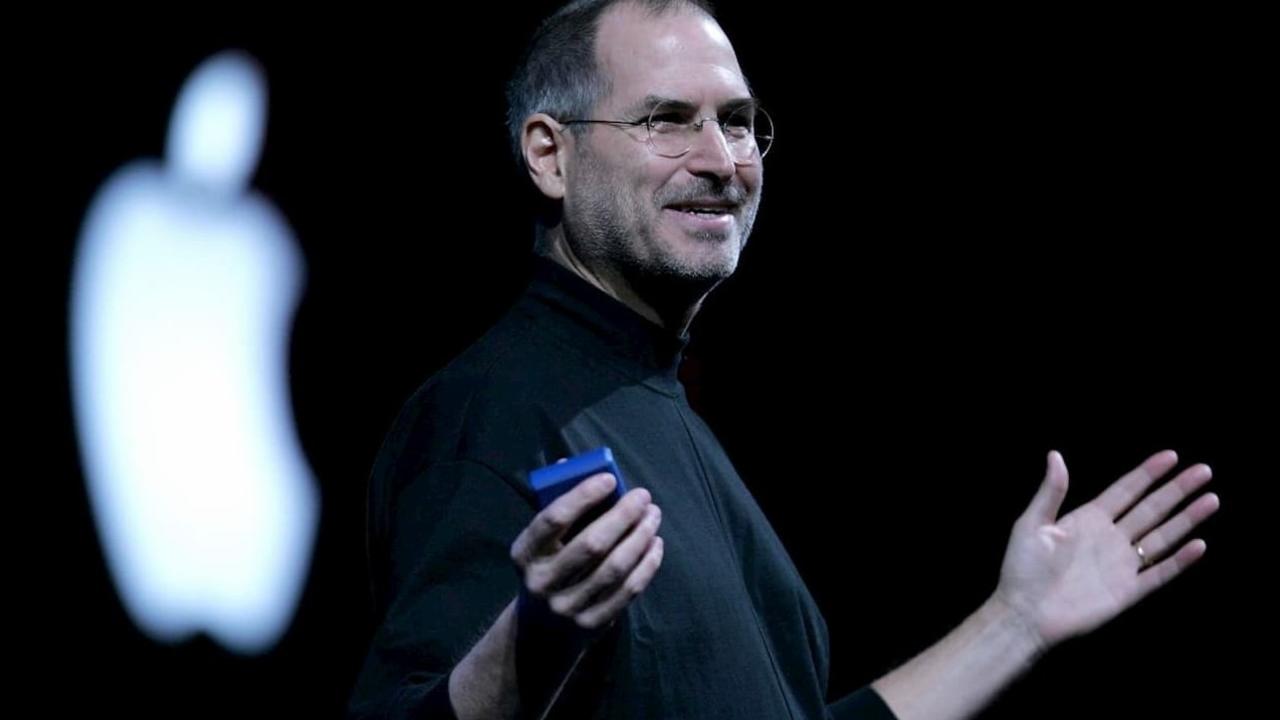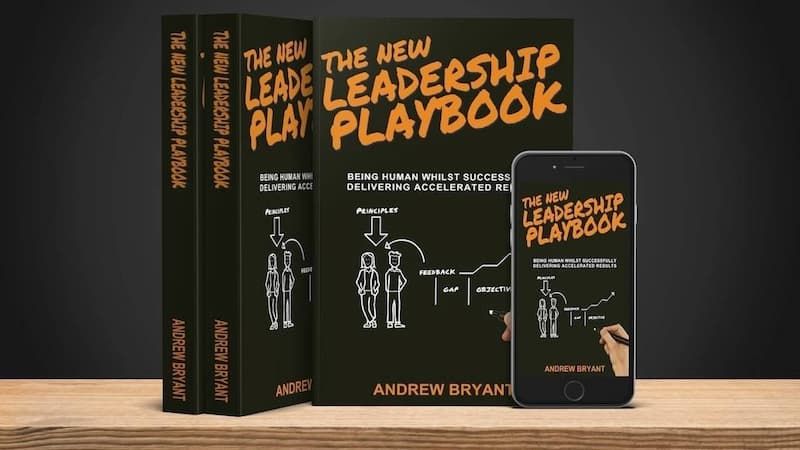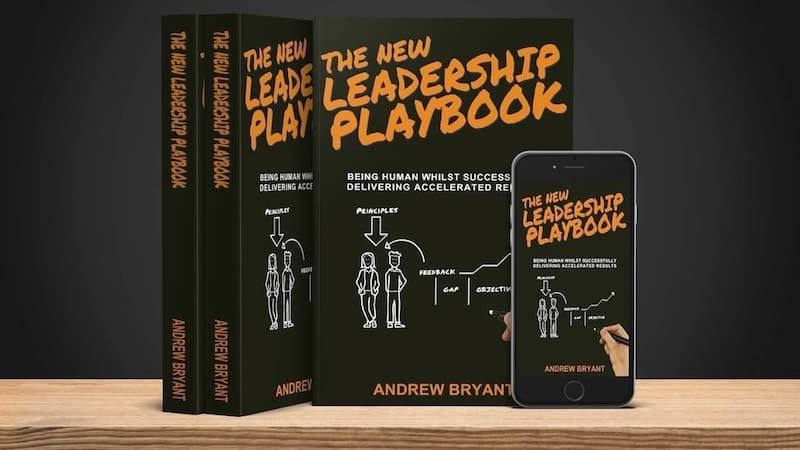Business Leadership, Virtual Speaking and Audience Engagement

Would you take free advice from a man worth more than $86 billion?
If that advice would increase your worth by at least 50 percent, would you act on it?
Do I have your attention?
Legendary investor and billionaire, Warren Buffet freely gives advice to improve your communication skills. He says,
“If you can’t communicate, it’s like winking at a girl in the dark — nothing happens”.
Billionaire entrepreneur, Richard Branson agrees.
“Today, if you want to succeed as an entrepreneur, you also have to be a storyteller”
The Benefit of Audience Engagement
Buffet and Branson clearly understand that even if you have the best ideas and, or the best product, to be successful, you must confidently communicate in ways that engage your audience.
Consider the success of Steve Jobs’s Apple product launches. Books have been written about Job’s presentation style, and many CEOs have emulated his stagecraft.
The good news is that communication, speaking, and storytelling skills can be learned, and the great news is that you will see results almost immediately.
I have been a Global Conference Speaker and coach for over 20 years. I have engaged audiences of over 12,000 and created transformation from even the most hard-nosed of C-level executives. I have developed my confidence and communication and passed on what I have learned to business leaders and aspiring speakers and coaches.
"The simple facts are that effective communication increases engagement and engagement equals profit."
Now all that remains is to look at what are the leading practices for effective communication and audience engagement, especially in a time of virtual meetings.
Confidently Speaking in a Virtual World

The philosopher, Aristotle (384-322 BC) wrote on rhetoric, the art of persuasive speaking. His ideas of ethos, pathos, and logos influenced Roman orators such as Cicero, and are as valid today as they were in ancient Greece and Rome.
Just being able to stand and confidently speak gives you a huge advantage, because it creates a natural bias as the audience assumes your competence and authority. Now, I would prefer you to be competent in the things you talk about, but you are better to speak up with 50% certainty than staying quiet with 100% certainty.
Confidence is key, and confidence does not mean you speak as if you are better than everyone else, confidence means you take ownership of your ideas, experience, and perspectives. This distinction separates confidence from arrogance and allows the speaker to be more engaging by posing questions to their audience, rather than telling them.
“Here are my insights and experience, what do you think?”
When I gave my first paid speech, over 20 years ago, I felt sick from nerves. Public speaking makes us visible and to be visible is to be vulnerable. The secret of great speakers is to own that vulnerability and turn it into a strength. We are more engaged by a story of failure and hardship overcome than we are by someone telling us how great they are. Remember this when you are designing a speech, don’t try and be perfect; people hate perfect people.
The year 2020, has given us each a raft of new stories to tell, and one of them is the shift to virtual. I started my year in San Diego, speaking for one of my Silicon Valley clients, and coaching their C-level Executives to tell a ‘New Story’ as the company re-branded. When I got back to my home base in Singapore, Covid-19 obliterated my diary of live speaking engagements for the rest of the year.
The challenge was, how to communicate and engage in a virtual environment – challenge accepted!
Tips for Virtual Speaking and Engaging Events

I’m not sure whether I’m lucky or smart, but I saw the writing on the wall back in 2017, when I took a virtual facilitation course, and in 2018 when I conducted my first virtual training and coaching. These early experiences helped me make a rapid transition in 2020. Virtual meeting apps like Zoom, MSTeams, Google Hangouts, BlueJeans, and Webex were not new mediums to me, but the question was how to be engaging.
The secret was to learn from TV and my teenagers. TV understands the concept of broadcasting and my kids had learned about broadcast software at school and introduced me to OBS. OBS is open broadcast software and is free. OBS allows you to prepare your presentation and broadcast it via a ‘Virtual Camera’ to any of the Virtual Meeting Apps.
With Broadcasting, you start with a scene and then add sources, such as video, audio, slides, images, or movies. A scene allows you to ‘frame’ the content of the message and smoothly transition from one frame to another,
A great way to bore your virtual audience is to slide share. You are feeding them ‘death by PowerPoint’ and you are not even in the room to see them nodding off! Instead create a scene in your broadcast software with you, as captured by your camera, and your slides behind you, just like they do on TV. This way you, as the speaker, are the ‘star’ and the information becomes the support act or ‘backing singers’.

If you need to share a lot of visual information, you can have another scene, where your image is smaller, to show more of the slide real estate. The limit to the number of scenes is your imagination, and changing scenes keep the audience engaged.
Human engagement occurs with eye contact. By setting up your broadcast intentionally, you can look directly at your audience members, and when you ask a question, they feel you are asking them specifically.
I have a multi-screen set-up so that I can see my audience, provided they turn on their webcams. Getting people to turn on their cams is a sensitive issue as some people are embarrassed that they are showing their home environment, but I ask the meeting organizer to encourage them to do so.
Quizzes, polls, virtual whiteboards, and break-out rooms are essential for people to feel part of the event and to embed the learning.
Tell me and I forget. Teach me and I may remember. Involve me and I learn. – Benjamin Franklin
Social Networking is an important part of learning and reinforcement, and this year I have spoken at conferences, where the organizers have used platforms with ‘meet-up’ rooms and other ways participants can connect and share information. People love this, and until we can fully meet again, I would encourage speakers and organizations to keep an eye on the latest virtual connection technologies.
The Future of Speaking
I gave a speech in 2019 and said, “Disruption is Coming”. I thought it would be technology, not an acceleration of digitization driven by a virus. Based on my conversations with people smarter than me, I don’t see a return to large-scale events until 2022, and by then with people being comfortable with virtual, hybrid options will need to be offered.
Looking at the history of speaking from Aristotle’s time until today, the ability to communicate confidently will not lose its importance. So, if you are not yet developing your in-person and virtual speaking and story-telling skills, or are not yet a master – it is time to get cracking.

GET A FREE CHAPTER
THE NEW LEADERSHIP PLAYBOOK
BEING HUMAN WHILST DELIVERING ACCELERATED RESULTS



